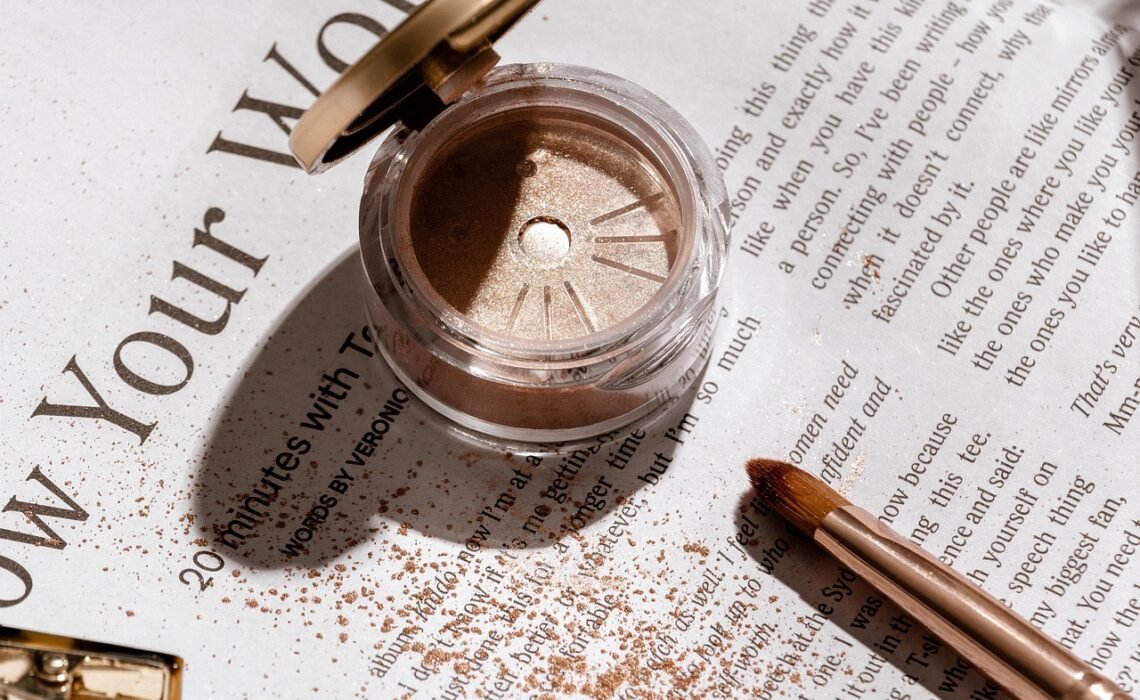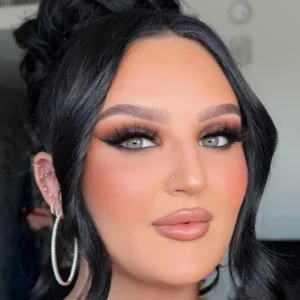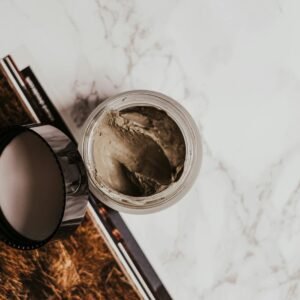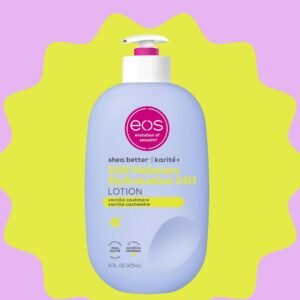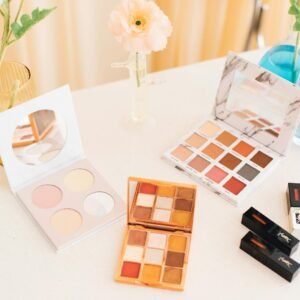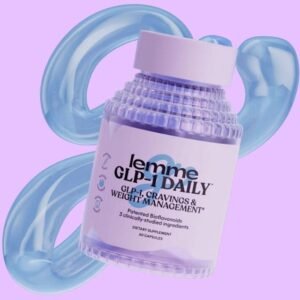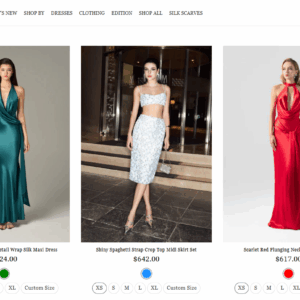If you’ve found yourself standing in the skincare aisle wondering what clean beauty actually means, you’re not alone. Over the past few years, “clean” has become the most casually thrown-around term in beauty marketing. But in 2025, clean beauty has evolved—and it’s time to get clear about what counts, what doesn’t, and how to choose products that align with your values and your skin’s needs.
So, what is clean beauty in 2025?
Clean beauty once implied “non-toxic,” “natural,” or “chemical-free”—all vague and often misleading. But today, savvy consumers are demanding more than greenwashing. Clean beauty in 2025 is about transparency, sustainability, and safety, not just botanical buzzwords or pretty beige packaging.
Rather than banning synthetic ingredients outright, the modern clean beauty movement prioritizes:
-
Ingredient safety based on current research
-
Transparent sourcing and labeling
-
Reduced environmental impact
-
Ethical business practices (like cruelty-free or vegan)
-
Consumer empowerment through education
Clean beauty isn’t just about what’s not in the bottle—it’s about the why and how behind every product on your shelf.
The new dirty word? “Toxic”
We’re officially over fear-based language. Claims like “non-toxic” or “chemical-free” not only oversimplify science—they’re often legally meaningless. Everything is made of chemicals, including water and lavender. And some “natural” ingredients (hello, essential oils) can be more irritating than lab-formulated synthetics.
The clean beauty brands of today are moving away from shaming ingredients and toward contextual safety. That means understanding how much of an ingredient is used, how it’s formulated, and whether it’s supported by peer-reviewed data.
In short: Clean doesn’t mean chemical-free—it means conscious.
How to decode your labels like a pro
Ready to go clean(er)? Here’s how to navigate labels without needing a chemistry degree:
-
Ignore the “free-from” lists. If a product proudly declares it’s “paraben-free,” that’s fine—but that alone doesn’t make it safer or better. Focus instead on what is in the product, not just what’s excluded.
-
Scan for meaningful certifications. Labels like EWG Verified, COSMOS Natural, or Leaping Bunny can give you clues about a product’s formulation, sourcing, and testing practices.
-
Be cautious with “fragrance.” If you’re sensitive, look for full transparency. Brands that list every component of their fragrance (or use essential oils instead) are ahead of the curve.
-
Use ingredient databases—wisely. Sites like INCI Decoder and the EWG’s Skin Deep database can help, but remember: they don’t always account for formulation context or updated research.
Top ingredients getting a clean makeover
The new generation of clean beauty isn’t afraid of science. In fact, some of the best “clean” brands are embracing lab-created actives and biotech.
Here are some ingredients that are redefining the clean landscape:
-
Niacinamide: Once considered too clinical, this vitamin B3 derivative is now a clean beauty staple for reducing inflammation and evening skin tone—without irritation.
-
Biotech squalane: Originally sourced from shark liver, squalane is now produced sustainably from sugarcane or olives.
-
Peptides: Once only found in prestige skincare, these lab-made amino acids are becoming more accessible and popular in clean anti-aging products.
-
Fermented botanicals: Clean brands are leaning into fermentation to make natural ingredients more stable, potent, and bioavailable.
The packaging matters, too
Sustainability isn’t a bonus—it’s the backbone of clean beauty in 2025. More consumers are choosing brands that reduce waste and opt for earth-friendly options. Some of the current packaging trends include:
-
Refillable systems (like MOB Beauty and Kjaer Weis)
-
Glass over plastic
-
Biodegradable or compostable materials
-
Minimal, recyclable outer packaging
Bonus points if a brand offers take-back programs or zero-waste shipping options.
Clean beauty ≠ perfect beauty
Despite its growth, clean beauty still has a lot to reckon with. Prices can be steep, shade ranges are still catching up (especially in clean foundations and concealers), and some brands exaggerate claims in ways that fuel fear or confusion.
But the industry is learning. More clean brands are now formulated with dermatologists, tested for sensitive skin, and inclusive of all skin tones. Others are investing in clinical trials, so you don’t have to sacrifice efficacy for peace of mind.
It’s not about perfection—it’s about progress.
Trend watch: What’s next in clean beauty?
As the clean category matures, here’s what’s trending right now:
-
Neurocosmetics: Skincare that supports your skin and your nervous system. Think soothing scents, stress-relieving textures, and barrier-loving ingredients.
-
Skinimalism: Fewer steps, more impact. Brands are combining actives with hydrators and SPF in single products.
-
Microbiome-friendly skincare: Protecting your skin barrier and good bacteria is in. Harsh scrubs? Out.
-
Tech-meets-clean: Devices like LED masks and ultrasonic cleansers are being used alongside clean products for boosted results.
-
Inclusive shade ranges: A long-overdue shift toward clean beauty that truly works for all skin tones and undertones.
The bottom line
Clean beauty is no longer a niche—it’s the new standard. But it’s also not one-size-fits-all. What’s clean for your skin may not be clean for someone else’s, and that’s okay.
The smartest clean beauty consumers of 2025 aren’t chasing trends—they’re asking questions, reading labels, and choosing what feels right for them. They want products that work, are safe and ethical, and don’t come at the cost of the planet.
So go ahead: love your hyaluronic acid serum and your shea butter balm. Clean beauty isn’t about purity—it’s about empowerment.

